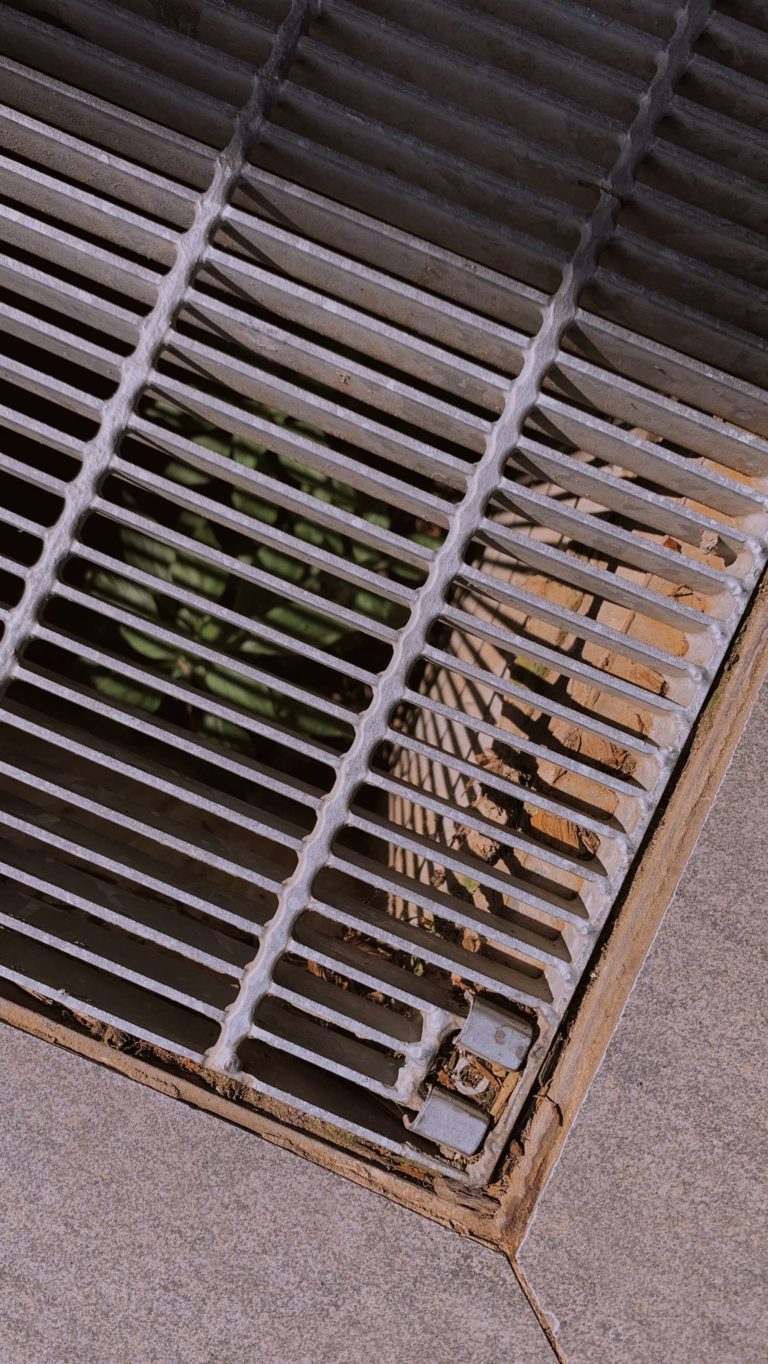With their large amounts of impervious surfaces and potential for pollutant generation, industrial sites can pose significant challenges to stormwater management. Poorly managed stormwater can lead to flooding, erosion, and the contamination of local water bodies, causing harm to both the environment and the businesses operating in the area. To address these challenges, industrial sites must adopt effective stormwater management practices.
In this article, we will explore a couple of key management practices that can help mitigate stormwater-related issues and promote sustainability in industrial sites:
1. Implementing Low Impact Development Techniques
Low Impact Development (LID) techniques are designed to mimic the natural water cycle, promoting infiltration, evapotranspiration, and the use of native vegetation to manage stormwater runoff. By incorporating LID techniques, such as permeable pavement, bioretention cells, and vegetated swales, into the design of industrial sites, businesses can significantly reduce the volume of stormwater runoff, prevent erosion, and filter out pollutants.
Overall, these techniques help protect local water bodies and contribute to a more aesthetically pleasing and sustainable site design.
2. Regular Inspection and Maintenance of Stormwater Infrastructure
Proper maintenance of stormwater infrastructure, including catch basins, storm drains, and detention ponds, is essential to ensure their effective functioning. Regular inspections should be conducted to identify blockages, structural issues, or signs of erosion that could compromise the system’s performance. A comprehensive maintenance plan should include clearing debris, repairing damaged components, and ensuring proper vegetation management in and around stormwater features.
By ensuring that the stormwater infrastructure is kept in good condition, businesses can minimise the risk of flooding and pollutant discharge while also prolonging the system’s lifespan.
3. Establishing Spill Prevention and Response Protocols
If released into the stormwater system, industrial sites often handle hazardous materials that can pose significant threats to local water bodies. Establishing spill prevention and response protocols can help minimise the risk of accidental releases and ensure prompt containment and cleanup in case of a spill. Key components of these protocols include proper storage and handling procedures for hazardous materials, employee training on spill response, and the availability of spill response equipment, such as absorbent materials, containment booms, and vacuum trucks.
Businesses can protect their operations and the environment from harm by being prepared for potential spills.
4. Employee Education and Training
Finally, the success of stormwater management practices at an industrial site largely depends on the involvement and awareness of the employees working there. Regular training on stormwater management topics, such as pollution prevention, spill response, and the proper maintenance of stormwater infrastructure, can help employees understand their roles and responsibilities in protecting the site’s stormwater system.
Additionally, encouraging a culture of environmental stewardship among employees can also lead to the identification of new opportunities for improvement and foster a sense of pride in maintaining a sustainable site.
Conclusion
Managing stormwater at industrial sites is a complex but essential task that requires careful planning, implementation, and monitoring. By adopting effective management practices, such as LID techniques, regular infrastructure maintenance, and so much more, businesses can mitigate the risks associated with stormwater, protect local water bodies, and contribute to a more sustainable future.
Yeti Civil Products offers expert solutions and systems utilising quality, long-lasting steel drains and grates. Contact us today if you want metal drainage grills and more to manage your stormwater runoffs effectively.

